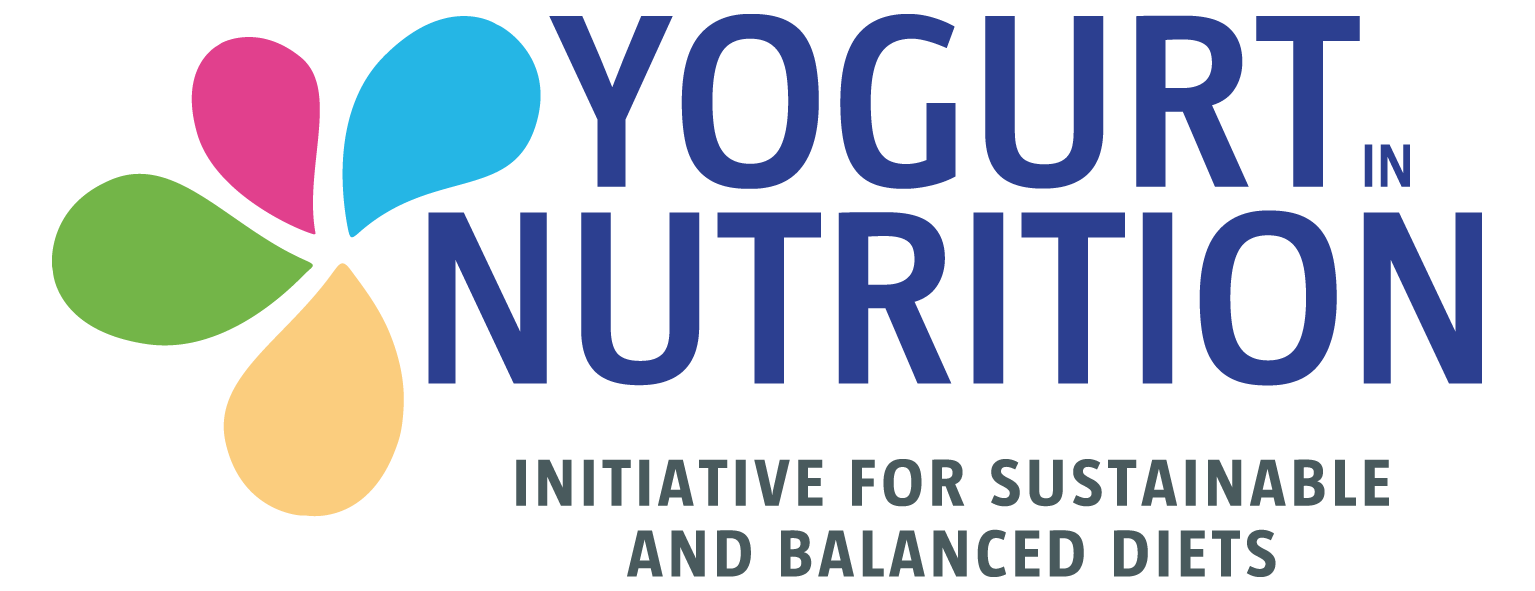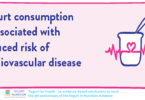This study was designed to see whether changes in whole foods groups result in significant changes in fatty acid levels.
180 healthy volunteers were randomised to increase, reduce or not change their dairy intake for one month in response to dietary advice. Cardiovascular risks parameters as body weight, waist circumference, blood pressure, fasting plasma lipids, insulin resistance and C-reactive protein (CRP) were measured at baseline after one month and compared by dietary group.
There was no statistically significant change in LDL or HDL cholesterol, triglycerides, systolic or diastolic blood pressure, C-reactive protein, glucose or insulin between all groups. There was only a small increase in weight (+0.4 kg, SD 3.1) in those asked to increase dairy food. The authors admitted that changing dairy food intake for one month could be too short to affect plasma TFA levels. However, in feeding studies changes in plasma TFA occur within 2–3 weeks, and other dairy fatty acids like pentadecanoic and margaric acid, changed with a change in dairy intake within 3 weeks.
In conclusion, dietary advice to change the intake of dairy food does not significantly change plasma fatty acid levels, including ruminant trans fatty acids. Dietary advice may need to focus on total food patterns rather than individual food groups to affect plasma fatty acid levels.





